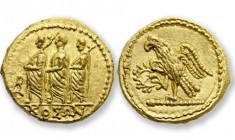P
This Encyclopedia constitutes a preliminary source of case studies that reveal aspects of the transnational illicit trade in cultural objects.
Each entry synthesizes information taken from what are considered to be reliable sources, and presents a bibliography of primary publications to facilitate further research. We endeavour to prepare texts that are factually accurate and objective accounts, and the texts are not indicative of an author’s personal opinion.
The Encyclopedia is a work in progress, and new entries will be added (and current entries updated as appropriate) as time permits. The authors endeavour to attribute any images that are used, but we should be contacted by the owners of unattributed images.
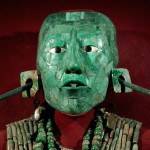
Museo Nacional de Antropología Theft
Museum theft at Mexico’s national museum which resulted in the loss of several of the country’s most famous artefacts. These artefacts were later recovered.
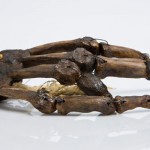
Pangboche Hand
The Pangboche Hand is an alleged Yeti hand, stolen from a Nepali monastery. A finger was stolen in 1958 and smuggled by actor James Stewart and the complete hand was stolen in the early 1990s.
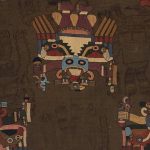
Paracas Mantle returned from National Gallery of Australia
Stolen from Peru’s national museum, the textile was purchased by Australia’s national museum and was returned in 1989 after several years of Peruvian demands.
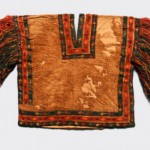
Paracas Textiles
Masterful funerary textiles looted from Peruvian tombs throughout the 20th century, primarily in the 1930s, becoming a staple of the international antiquities market.
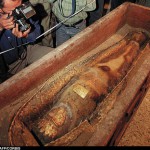
Persian Mummy
The ‘Persian Mummy’ was a recently manufactured mummy recovered by Pakistani police in 2000. It had been made to appear as the dead daughter of the Persian King Xerxes.
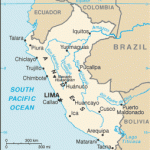
Peru v. Johnson
A civil suit filed against collector Benjamin Johnson in a US Court was ruled in favor of the defendant as the government of Peru could not prove that they were the legal owner of the objects in question.
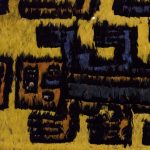
Peruvian Antiquities Seized at Dulles Airport (1981)
Dealer pleaded guilty to falsely declaring the value of freshly-looted Peruvian antiquities that he attempted to bring into the US.
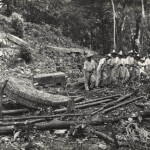
Piedras Negras
During the 1960s a number of archaeologically recorded monuments were looted from the Classic Maya site in Guatemala’s Peten region and trafficked into the United States.
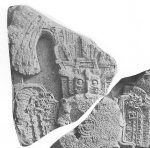
Piedras Negras Stela 9
Maya sculpture that was stolen in the 1960s and reappeared for sale in Paris in 2019.
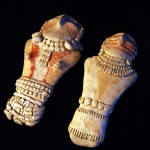
Pilling Collection of Fremont Culture Figurines
A Fremont Culture figurine stolen from the collection of a Utah museum and anonymously returned nearly four decades later.

Placeres Stucco Temple Facade
A large Maya temple decoration that was located in 1968, a rare example of photographic documentation of the looting process.

Port Royal
Once a strategically significant port and fort located close to Kingston in Jamaica, Port Royal was largely submerged following an earthquake, which left its underwater remains vulnerable to treasure hunting and commercial salvage.
